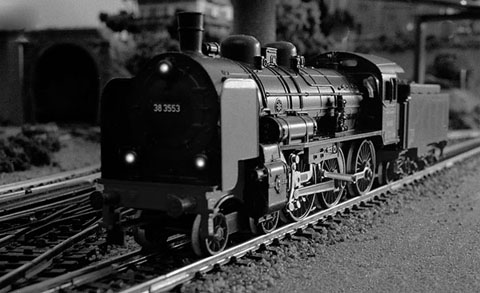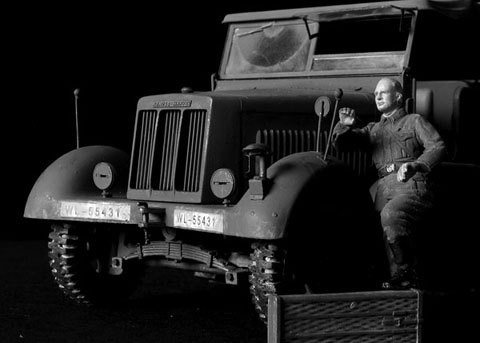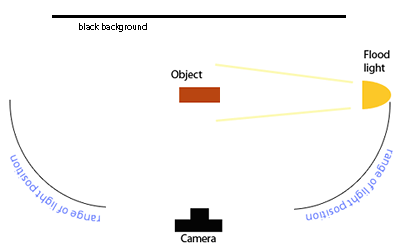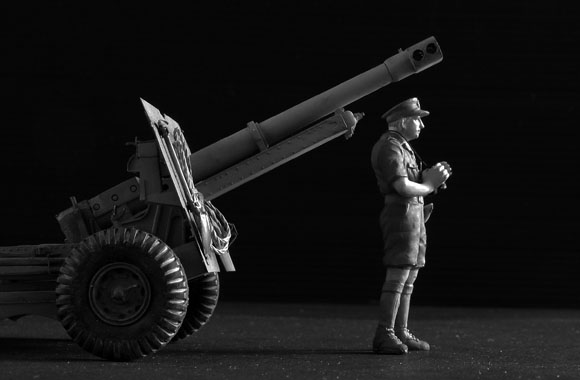|
|

|
|
|
|
This technique of photography is used to create a dramatic,
and sometimes artistic, pictures of a scene or subject. In portrait
photography, it is commonly called as "low key portraiture".
With this kind of photo, the difference of shadow and bright areas are very stark, dark
and bright stand side by side, and most of them were created without
color (black & white photography) to further emphasize the shape of objects.
Modellers probably seldom use this technique, unless if they have some
knowledge in photography, and really know what he/she want to achieve.
This kind of photography is not easy during the day of film camera, but today's digital
camera works wonder; its ability to provide instant preview makes the job
much easier. You do not need an accurate spot-metering anymore, even
with a compact point-n-shoot camera, you can still create a nice high
contrast photograph of your model, with just a bit of patience.
This chapter will be presented in 3 pages:
Page 1 - The Lighting
Page 2 - Setting the Exposure
Page 3 - Selecting the Subjects
|

1:87 scale BR-38 locomotive
(above), and 1:35 SdKfz.7 (right)
|
 |
|
|
The Lighting
Unlike common macrophotography where the lighting is as
even as possible without any shadow (soft-light), the "low key" photography need
a single directional light source. Only one flood light or spot light
without any diffuser or reflector. Light direction is angled against the
camera, from 45 degree to 90 degree. Never use a frontal lighting, or back lighting ( light
is coming toward the camera).
|

The photo on the right was created
using lighting arrangement as shown above. The light source is a single
flood light put on the right side, exactly 90 degree against the camera,
with a black paper as the background. No other light source was in use.
The rear side of the gun and figure is still visible due to the scattered
light reflection inside the room. |
 |
|




